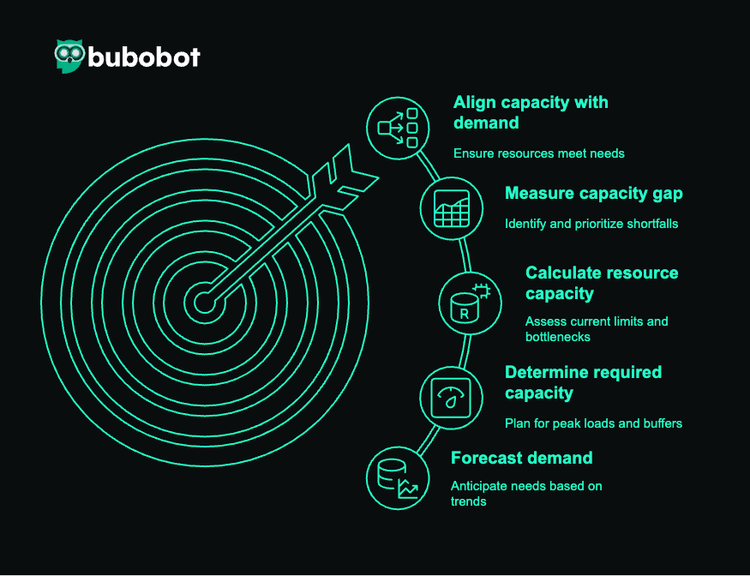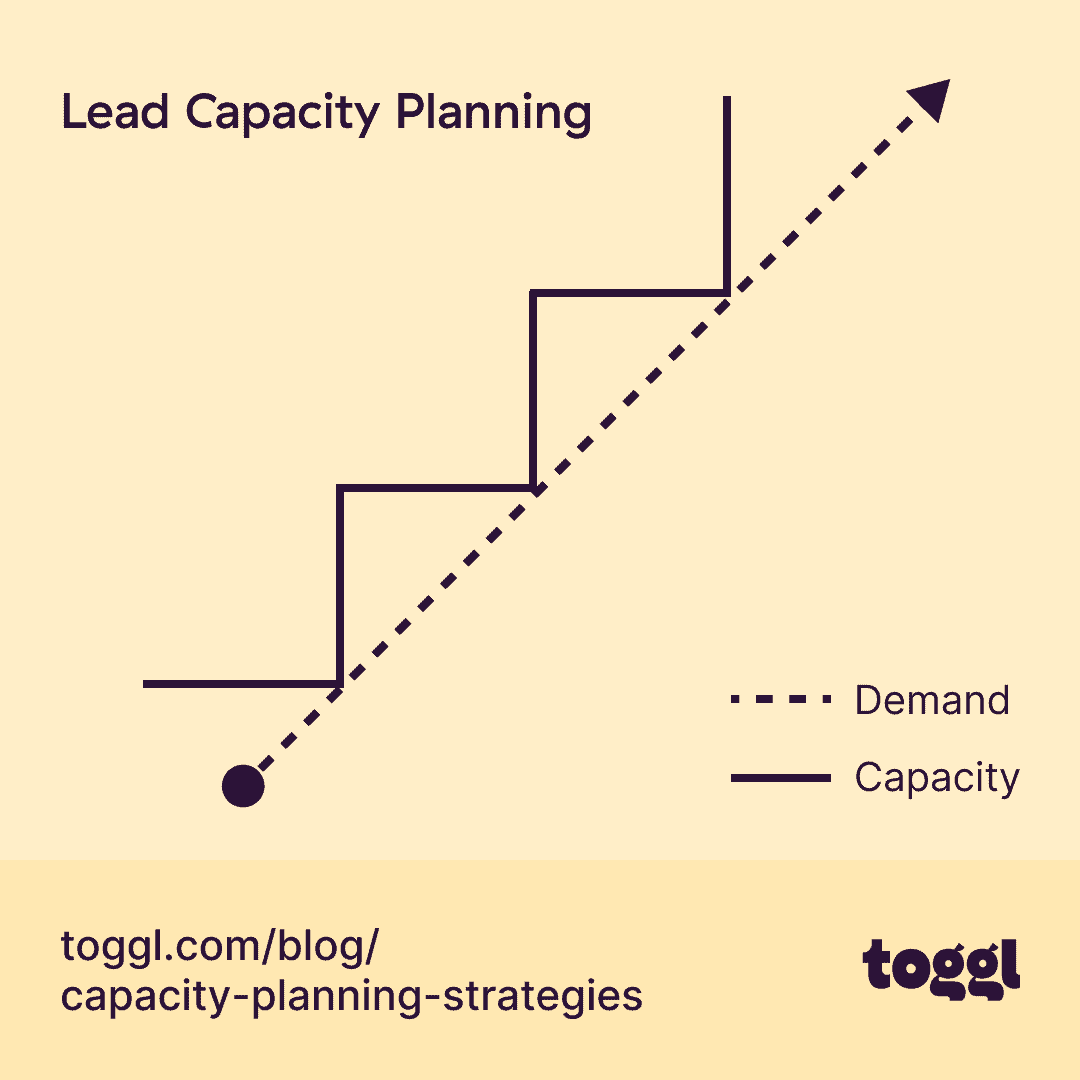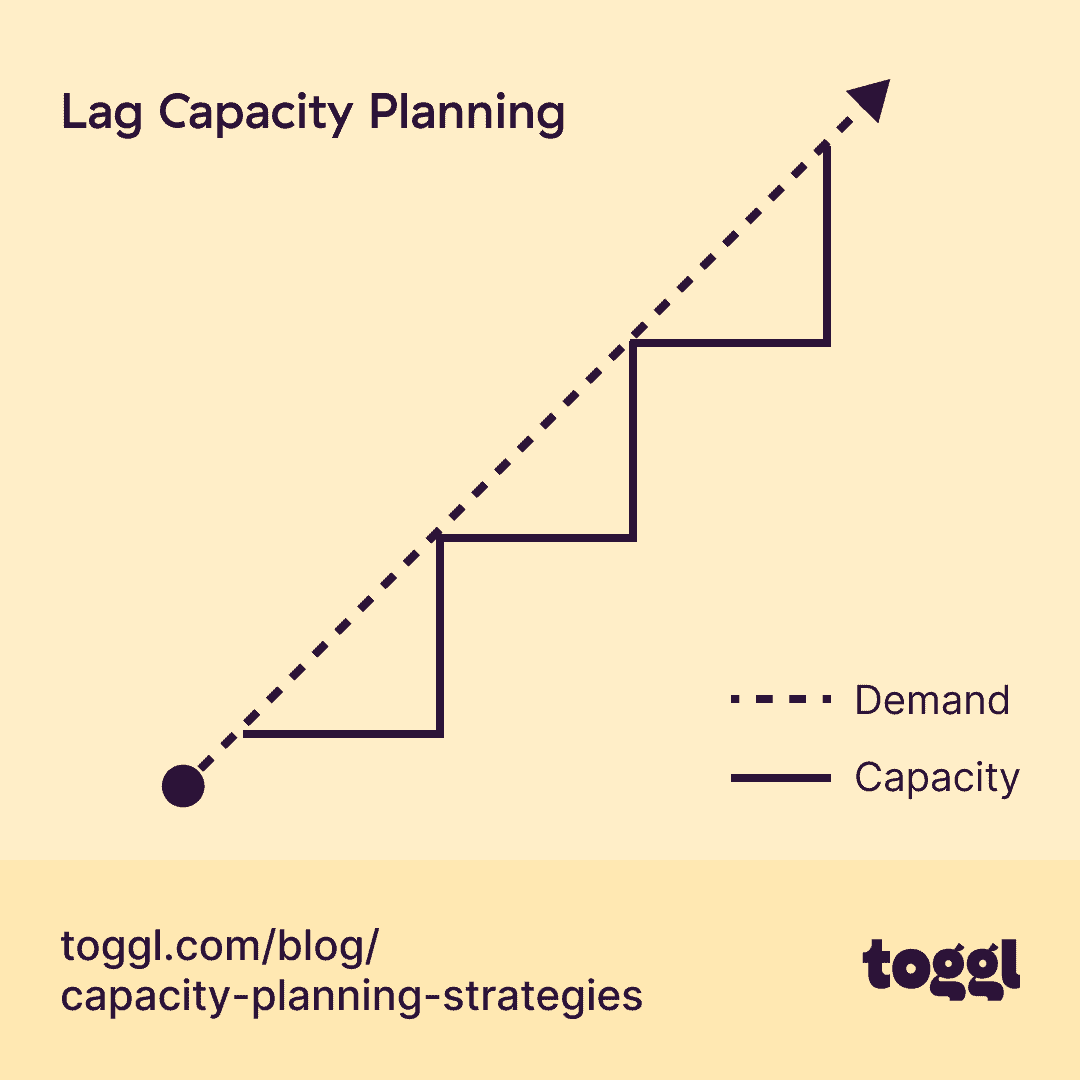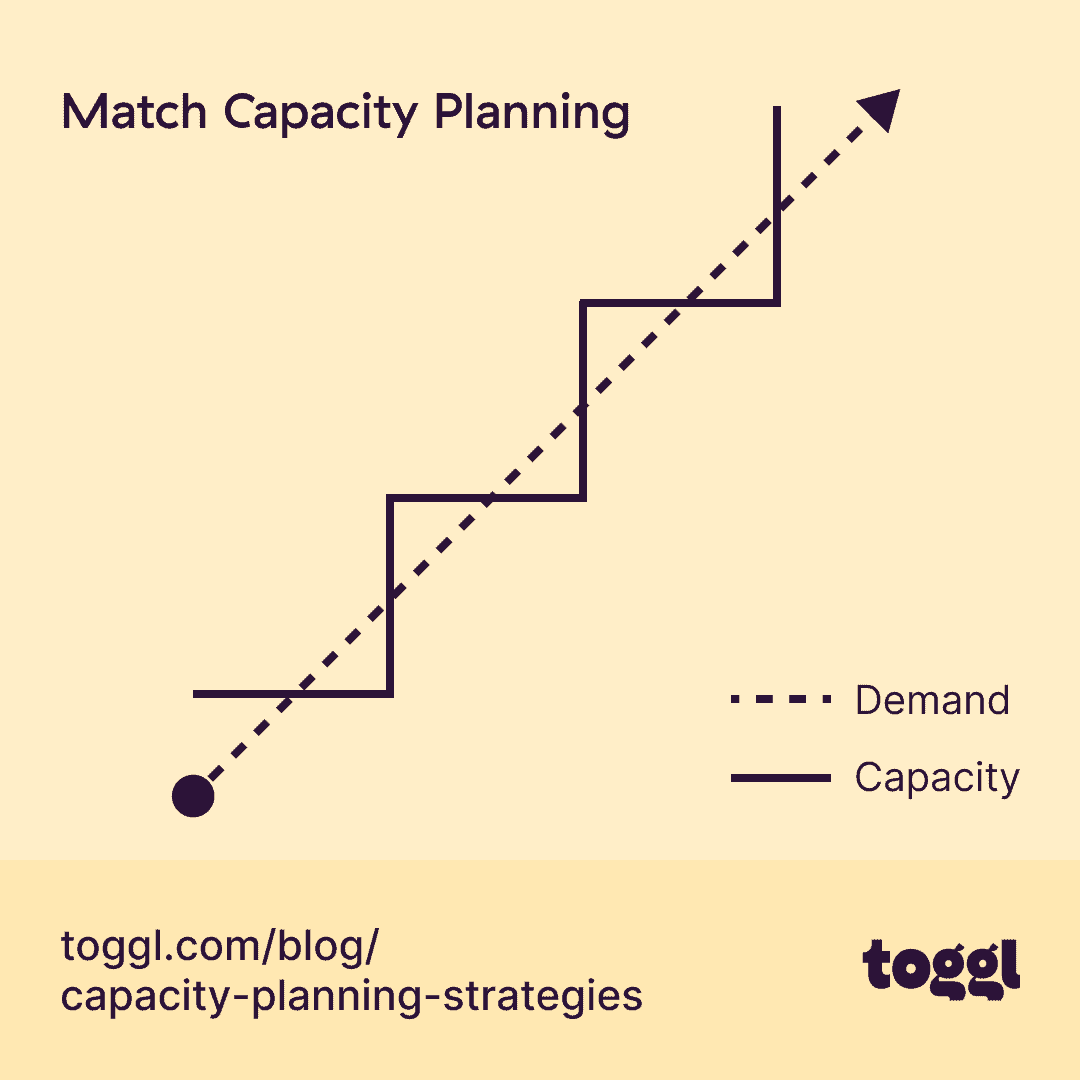Capacity Planning for Modern Infrastructure: Ensuring Business Uptime

1. Introduction: The Role of IT Planning in Modern Infrastructure
Planning your IT infrastructure isn't just about buying servers anymore. Effective IT planning (IT planning for uptime) is crucial for ensuring your systems can handle whatever comes their way – from sudden traffic spikes to steady growth.
Modern capacity planning (capacity planning for uptime) helps you allocate resources where they're needed most. Whether it's server capacity, network bandwidth, or storage space, you need to know what you have and what you'll need next.
The business impact of capacity planning (capacity planning for uptime)? When you match resources to demand, you're not just keeping systems online – you're protecting revenue. Every minute of downtime costs money, and proper planning helps prevent those costly interruptions. Implementing a reliable website uptime monitor can help you track these metrics in real-time.
2. How Good Capacity Planning Boosts Business Uptime Monitoring and Reliability
Ensures Consistent System Availability
Your systems stay online during peak loads. For Global 2000 companies, the average cost of downtime is $12.9 million per hour. Good capacity planning (capacity planning for uptime) means 99.9% uptime or better. A comprehensive web uptime monitoring solution helps track this performance consistently. [1]
Improves Performance and User Experience
Fast systems keep customers happy. Companies with proper capacity strategies see higher performance and reduced latency, leading to better conversion rates. Implementing uptime website monitoring gives you visibility into these performance metrics.
Reduces Incident Frequency and Severity
Fewer outages mean less firefighting. Organizations spend an average of 44 hours to resolve critical outages, with a mean time to resolution (MTTR) of 5.6 hours for high-impact incidents. Robust server uptime monitoring can dramatically reduce these times by providing early warnings. [1]
Supports Scalability and Future Growth
Scale smoothly as you grow. Well-planned infrastructure lets you capture revenue opportunities without scrambling for resources. An effective uptime monitor helps ensure you can track this growth reliably.
Strengthens Business Continuity and Reliability
Build customer trust through reliable service. Lost revenue due to outages costs Global 2000 companies $400 billion annually. Implementing monitoring uptime tools across your infrastructure protects against these losses. [1]
Now that we've covered the benefits, let's explore the main capacity strategies that can help you achieve these results.
*[1] Splunk Report Shows Downtime Costs Global 2000 Companies $400B Annually Source:
3. Different Types of Capacity Planning for Modern Infrastructure
Each business has unique needs and growth patterns. Here are the core capacity strategies you can adopt – or mix and match – to build your approach. The right strategy paired with effective web uptime monitoring creates a powerful foundation for reliability.
Lead Strategy: Planning for Capacity Ahead of Demand
Build it before they come. This approach means investing in extra capacity before demand hits. Think of e-commerce sites gearing up for Black Friday or streaming services preparing for major show premieres. This strategy works best when paired with a reliable uptimer solution.

Lead strategy can help to ensure that you can meet customer demand, but it can also lead to wasted resources.
Lag Strategy: Adding Capacity After Demand is Confirmed


Lag strategy can help minimize costs but lead to lost customers and revenue if demand rises quickly.
Scale only when needed. You add resources after seeing actual demand increases. It's like adding new servers once your current ones hit 80% capacity. This approach requires excellent downtime monitoring to ensure you respond before service degrades.
Match Strategy: Incremental Capacity Increases
Keep pace with growth. You add capacity in small steps, closely following your demand curve. Think of adding cloud resources as your user base grows. An effective monitor uptime solution is essential for this approach.


Match strategy helps minimize costs while still ensuring that you can meet demand.
Modern Variations
Building on these core strategies, modern infrastructure enables two more sophisticated approaches:
- Dynamic Strategy: Automated, real-time capacity adjustments using auto-scaling and monitoring uptime tools. Perfect for cloud-native apps and variable workloads, but requires careful setup and monitoring. Consider this a Pingdom alternative that adds proactive capacity management.
- Hybrid Strategy: Mix core strategies based on service needs. Use Lead for critical systems, Lag for non-critical ones, and Match for predictable services. Offers flexibility but needs clear policies and comprehensive uptime monitoring tools.
With these capacity strategies in mind, let's translate your IT planning into actionable steps. This checklist will help you implement the right strategy while maximizing the impact of capacity planning on your business.
4. Checklist for Effective Capacity Planning: A Step-by-Step Guide
<Add similar visual here, có thể đổi format visual cho phù hợp (steps by steps, flowchart)>

The capacity planning process can vary from company to company, but there are a few core steps that happen in every process.
Step 1: Forecast your anticipated demand
- Look at your historical traffic patterns using uptime tracker data
- Factor in seasonal spikes
- Consider marketing campaigns and product launches
- Track year-over-year growth trends
Step 2: Determine required capacity
- Calculate peak load requirements
- Add buffer for unexpected spikes
- Consider redundancy needs
- Factor in maintenance windows that may affect your uptime website monitoring
Step 3: Calculate the resource capacity of your current team
- Assess current infrastructure limits using uptime monitoring software
- Map out team capabilities
- Identify potential bottlenecks
- Document existing monitoring coverage
Step 4: Measure the capacity gap
- Compare current vs. needed capacity
- Identify resource shortfalls
- Calculate potential impact of capacity planning on performance
- Prioritize critical gaps in your web uptime monitoring coverage
Step 5: Align capacity with demand
- Implement auto-scaling solutions
- Set up proactive uptime monitoring tools
- Create scaling thresholds
- Establish review cycles for your capacity strategies
5. Conclusion: Maximizing the Impact of Capacity Planning for Modern Infrastructure
Good capacity planning isn't just an IT practice – it's a business advantage. By following these steps and implementing proper uptime detector solutions, you're not just preventing problems – you're setting up your business for growth.
Start with monitoring uptime. Add smart resource management. Keep improving. Your systems – and your business – will be stronger for it.
For organizations seeking a reliable Pingdom alternative that combines uptime monitoring with proactive capacity planning features, Bubobot offers comprehensive solutions tailored to the needs of DevOps teams and IT administrators.
Remember: The cost of good capacity planning is always less than the cost of poor performance and downtime.
#CapacityPlanning, #UptimeStrategy, #BusinessIT